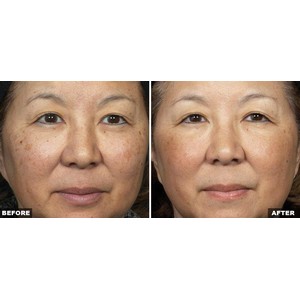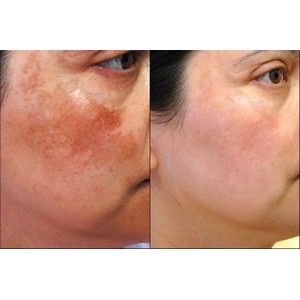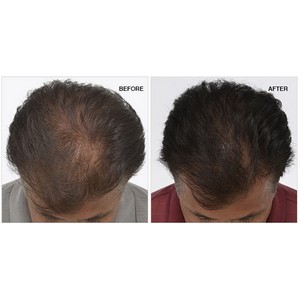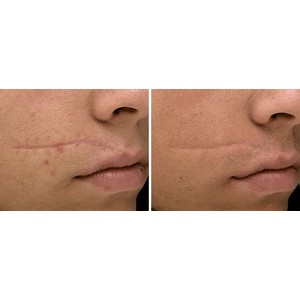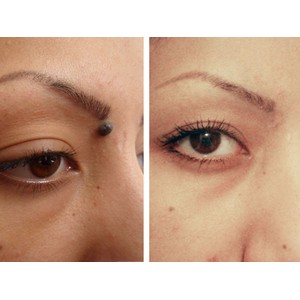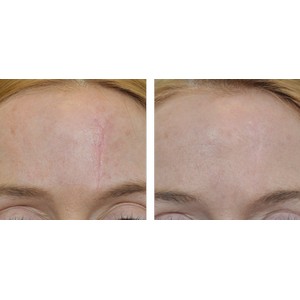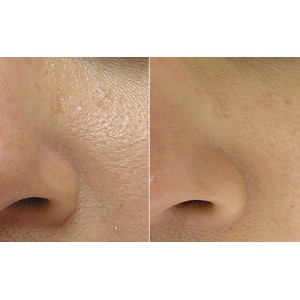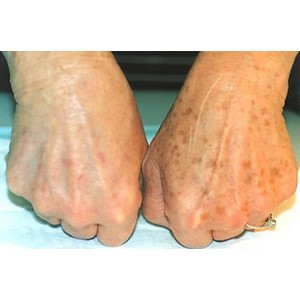Are you suffering from hair loss?
You are not alone! Hair loss is a common problem and can be caused by genetics, aging, medical conditions such as alopecia or cancer chemotherapy, and many other factors. There are two main types of hair loss: male pattern balding and female pattern balding (FPB). Male pattern baldness (MPB) develops gradually over time and tends to affect the top of the head more severely than FPB.
In Mysore and other metropolitan cities, hair loss is a very common problem. The stress levels are very high in these cities, due to which hair loss and other stress-related issues are seen at a younger age.
The Causes of Hair Loss
We at Reniu Clinic encounter hair loss caused by several different things. It could be from aging, hormonal changes, stress, genetics, or any number of other things. According to our famous hair transplant surgeon in Mysore, stress is a significant factor in hair loss because it causes the body to produce cortisol which damages the hair follicles. Genetics plays a role too. If you have a parent going through hair loss, you might also experience it. Some of the most common reasons to have hair loss are:
● Heredity: A inherited disease that occurs with aging is the most common cause of hair loss. Androgenic alopecia, often known as male-pattern baldness or female-pattern baldness, is a disorder that affects both men and women. In men, it manifests as a receding hairline and bald spots, whereas in women, it manifests as thinning hair along with the crown of the head.
● Hormonal Changes: Hormonal changes caused by pregnancy, childbirth, menopause, and thyroid disorders are just a few factors that can cause permanent or temporary hair loss. Alopecia areata, an immune system ailment that causes patchy hair loss, scalp infections like ringworm, and trichotillomania, a hair-pulling disorder, are examples of medical conditions.
● Medications and supplements: Certain medicines, such as those used to treat cancer, arthritis, depression, heart issues, gout, and high blood pressure, can cause hair loss as a side effect.
● Hairstyles and treatment: Excessive hairstyling or hairstyles that pull your hair tight, such as pigtails or cornrows, can lead to traction alopecia, a kind of hair loss. Hot-oil hair treatments and permanents can also cause hair loss. Hair loss could be permanent if scarring develops.
● Some stressful events: After physical or mental stress, many people notice a general thinning of their hair several months later. Hair loss of this nature is just transient.
How to Prevent and Deal with Hair Loss?
Many people in Mysore deal with hair loss in some form or another. We have noticed it’s a very common problem regardless of gender, but it can be more challenging to get rid of for women because of the stigma that surrounds balding. This doesn’t mean that there isn’t hope, however. You can do things to prevent and deal with hair loss, no matter your gender.
Hair transplant is one of the effective solutions to deal with hair loss. Dr. Manas S N is one of the leading hair transplant surgeons in Mysore, and Reniu clinic is one of the best places to get the best hair transplant in Mysore. With years of expertise, Dr. Manas S N is a renowned name in female hair transplant. He also provides other effective hair loss treatments in Mysore, such as FUE hair transplant, mesotherapy, PRP, and more. So, what are you waiting for? It is time to say hair loss problem goodbye and welcome new confidence!
Fact v/s Fiction: Male Pattern Baldness
It is a commonplace for men to have a receding hairline, but this is not the same as male pattern baldness. Male pattern baldness is an inherited trait that can be passed down through generations. Women cannot inherit this condition, which means it has never been seen in females to date.
Fact v/s Fiction: Female Pattern Baldness
Women also experience hair loss, but the main difference is that their loss is often called “female pattern baldness.” This usually starts in the center of the scalp and moves outwards, unlike male pattern baldness, which begins on the temples and moves up.
The Differences Between Men and Women When It Comes to Hair Loss
One of the more apparent differences between men and women is how they lose their hair. Male pattern baldness is characterized by a receding hairline, while female pattern baldness is often characterized by diffuse thinning throughout the scalp. This can be caused by hormones, diet, medication, stress, or genetics.
● For Men: Men with androgenic alopecia typically experience “male pattern hair loss,” which begins at the front of the head and progresses to an “M”-shaped hair regression. Androgenic alopecia causes full baldness in particular men.
For men, male pattern hair loss can begin at a young age. However, most men who suffer from this form of hair loss discover it when they reach the age of 50.
● For Women: Female pattern hair loss is the same condition as male pattern hair loss. However, it appears differently in women. Hair loss in women is considerably more distributed than in men, and it is not confined to the front or crown of the head. Hair thinning, rather than baldness, is the most common symptom.
Because of this thinning, many women feel a widening in their hair part as they become older. Female pattern hair loss causes just a small percentage of women to get completely bald.
Conclusion
In this article, we have seen that there are many differences between men and women when it comes to hair loss. Men will lose hair from the whole scalp or just a few patches, while women will typically only lose hair from the top of the head. Women will also retain more of their natural hair color. Based on these differences, it’s clear why finding treatments for men and women are so different.
Visit Reniu clinic today to get the best results on hair transplants. We provide you with the most advanced hair transplant options at a very affordable price.




